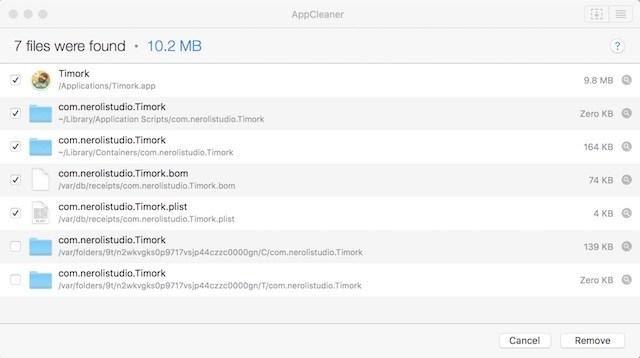

Start by launching the Task Manager: Press Ctrl-Shift-Esc, right-click the lower-right corner of your screen and select Task Manager, or type task manager into the Windows 10 search box and press Enter.

Stop them from running, and your PC will run more smoothly.

One reason your Windows 10 PC may feel sluggish is that you’ve got too many programs running in the background - programs that you rarely or never use. Desktop users have no reason to choose “Power saver,” and even laptop users should consider the “Balanced” option when unplugged - and “High performance” when connected to a power source. “High performance” gives you the most oomph, but uses the most power “Balanced” finds a happy medium between power use and better performance and “Power saver” does everything it can to give you as much battery life as possible. To change your power setting, simply choose the one you want, then exit Control Panel. Ask first.Change your power settings in Control Panel to give your PC a performance boost. There are many examples of people deleting files outside their home folder, or renaming files, or changing the ownership or file permissions, and then their Mac stops running. If you think you have found something to delete outside your home folder, it would be best to ask first before deleting. The swapfile(s) get deleted on reboot, and the sleep image is just going to be created again when you put your Mac to sleep. I will point out that you will find some very large files in private -> var -> vm (these are the macOS virtual memory paging files (swapfiles) and where macOS stores the copy of RAM when your Mac is put to sleep). Remember, we cannot see into your disk, you have to give us information to work with.ĭO NOT delete files in your Home Folder -> Library tree as there are things like your iPhone backups, your email messages, your application preferences, etc… If you think you have found something in your Home Folder -> Library that can be deleted, you should ask first.ĭO NOT delete files outside your home folder, as you may end up deleting something essential to macOS, and turn your Mac into an expensive “Door Stop”.

Posting the suspected locations and files will help the forum help you to figure it out. If you have a recurring, running out of disk space, problem, then OmniDiskSweeper may help identify where the space is going. See the following article if you want to run it as root When using OmniDiskSweeper, or any utility that shows all your files. See "What is 'Other' and What Can I Do About It?" As for cleaning up your disk space, try the following:


 0 kommentar(er)
0 kommentar(er)
